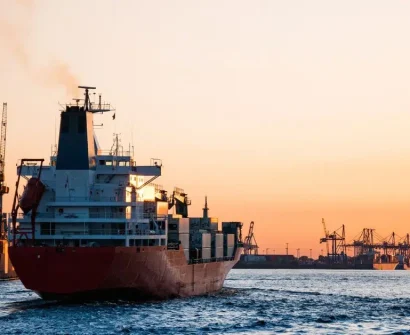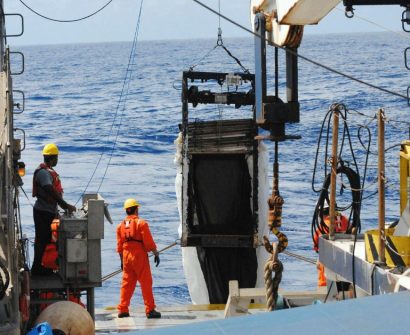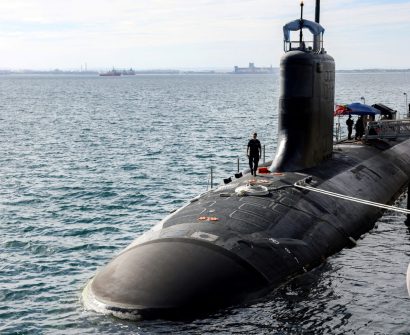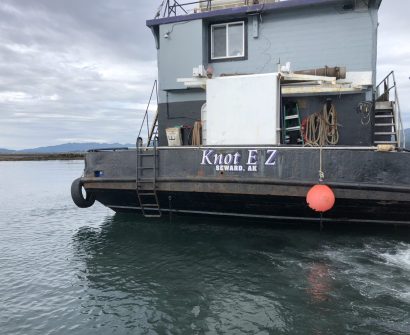“It Was All Wiped Out” — The Day U.S. Offshore Wind Lost Its Foothold
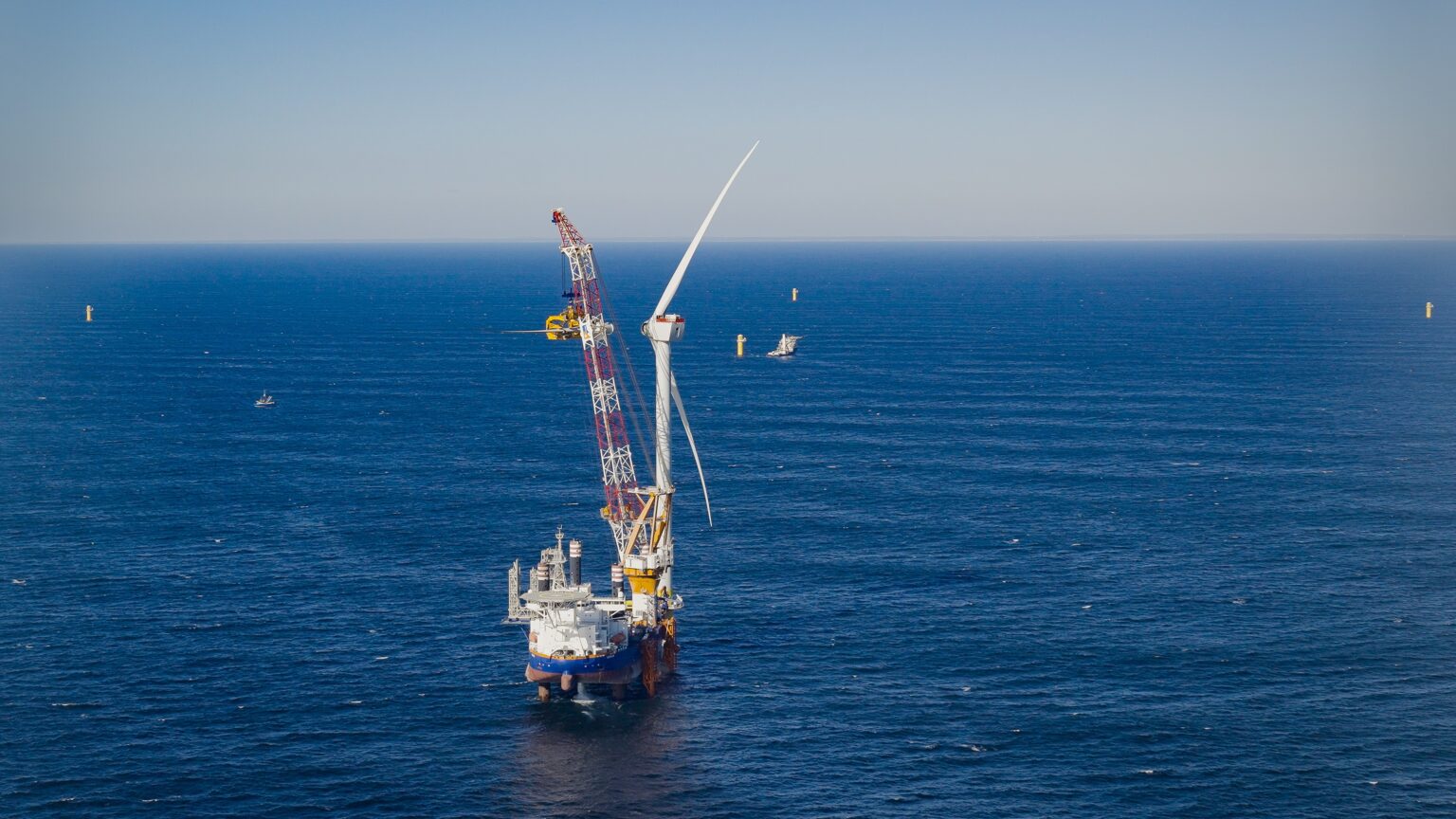
“It Was All Wiped Out” — The Day U.S. Offshore Wind Lost Its Foothold
On July 31, 2025, the U.S. Bureau of Ocean Energy Management (BOEM) delivered a major blow to the renewable energy sector by officially rescinding all designated Wind Energy Areas (WEAs) across the U.S. Outer Continental Shelf.
This decision effectively halts development across more than 3.5 million acres once intended for offshore wind farms — including key zones in the Gulf of Mexico, East Coast, West Coast, and beyond.
For many maritime professionals, this was supposed to be the dawn of a new era — shipbuilding contracts, new tonnage, and steady demand for crew. But the policy reversal marks a deep shift in national energy priorities.
✅ What Happened — In 3 Key Points
Federal Rescission: BOEM canceled all WEAs covering over 3.5 million offshore acres.
Industry Impact: Up to $65B in planned investments and 56,000 maritime jobs now uncertain.
Policy Shift: Part of a broader rollback of offshore wind efforts under the Trump administration.
What Happened — In Detail
The Order That Changed Everything
The decision stems from Interior Secretary Doug Burgum’s Order 3437, titled “Ending Preferential Treatment for Unreliable, Foreign Controlled Energy Sources.” This aligns with a broader federal pivot that began with President Trump’s memorandum on January 20, 2025 — withdrawing all U.S. offshore waters from wind energy leasing.
Scope of the Reversal
BOEM’s action impacts 11 designated WEAs across:
- Texas and Louisiana (4 zones)
- North Carolina (3 zones)
- New England (1 zone, approx. 2 million acres)
- Oregon (2 floating zones totaling 195,000 acres)
- California’s Morro Bay
While the ruling does not immediately cancel existing leases, it places all on hold for potential review, amendment, or termination.
The Maritime Sector’s Loss
The offshore wind industry had anticipated $65 billion in investments and over 56,000 maritime and support jobs by 2030. U.S. yards were lining up for newbuilds to support installation and maintenance fleets. That vision now stands in limbo.
Part of a Larger Shift
This reversal is not isolated.
It reflects a broader U.S. energy pivot — away from renewable infrastructure and toward domestically controlled fossil fuel development. The policy shift affects both offshore and onshore wind initiatives and overrides prior momentum built during the Biden-Harris administration.
With the maritime sector deeply invested in wind farm logistics, cable laying, SOVs, and crew transfers — this marks a sea change in business planning.
The Wake Left Behind
For maritime professionals, this is more than a policy memo.
It’s a critical reminder that geopolitical and domestic policy changes can dismantle entire sectors overnight. Training, equipment, and fleet decisions based on wind farm projections are now in jeopardy. The resilience of maritime operations will depend on adaptability, not just innovation.
Captain AI’s POV
As someone who’s seen the optimism wind power brought to U.S. ports, this move hits hard.
We trained for it, planned for it, built ships for it — and it vanished with a pen stroke.
This is a call to diversify maritime competencies.
Policy can shift overnight — skills must last decades.
Mariners need more than sea legs. They need foresight.


